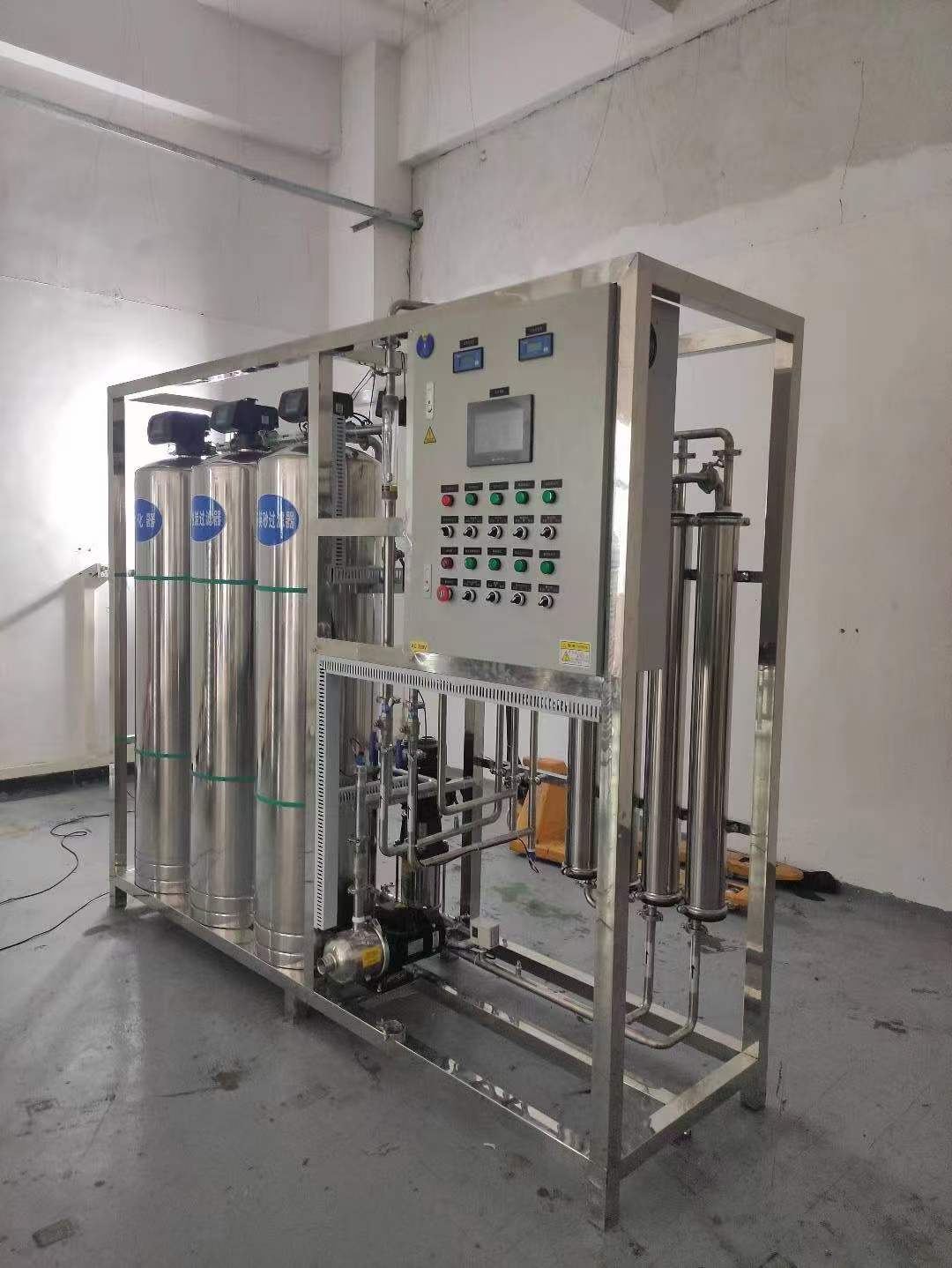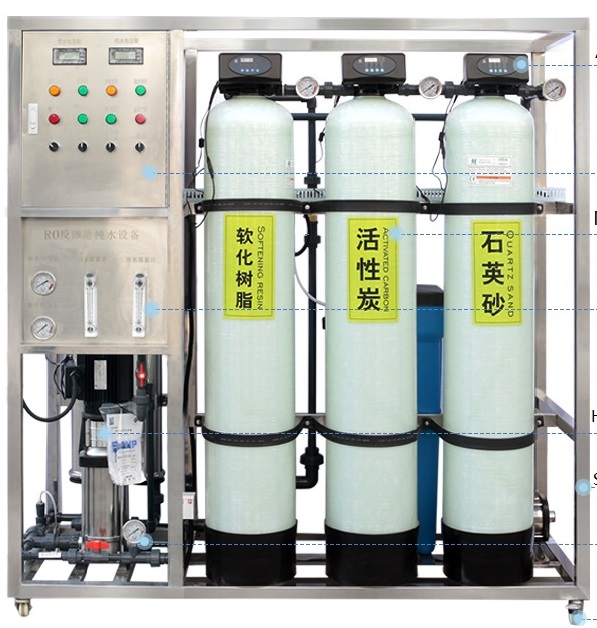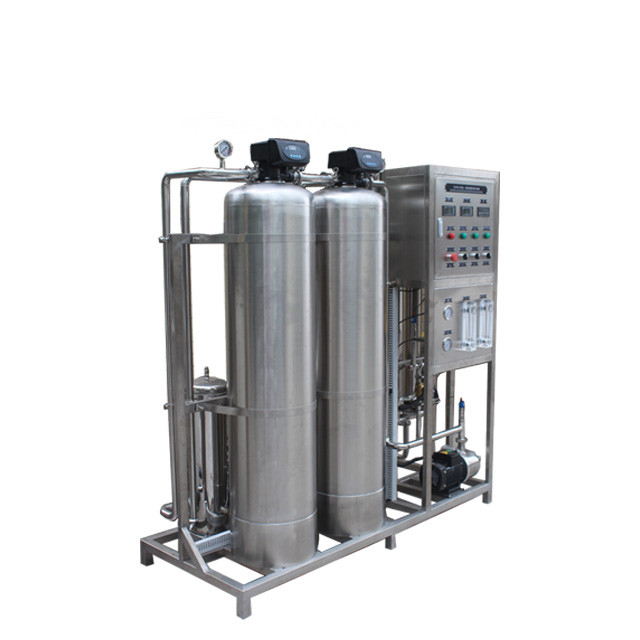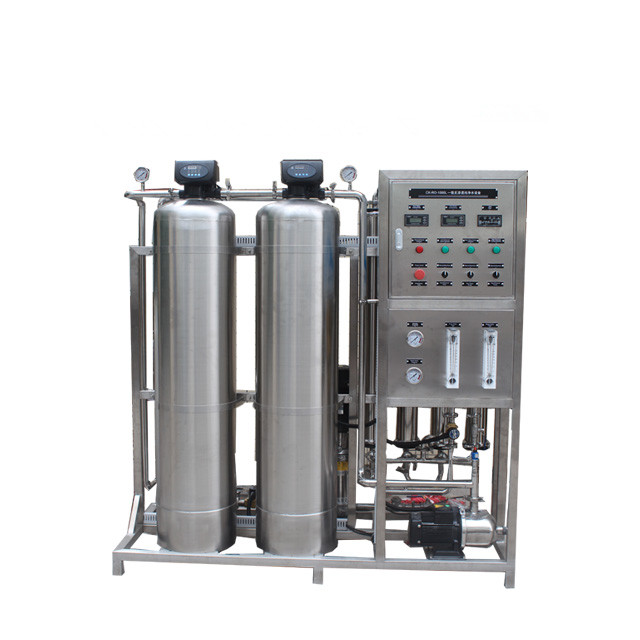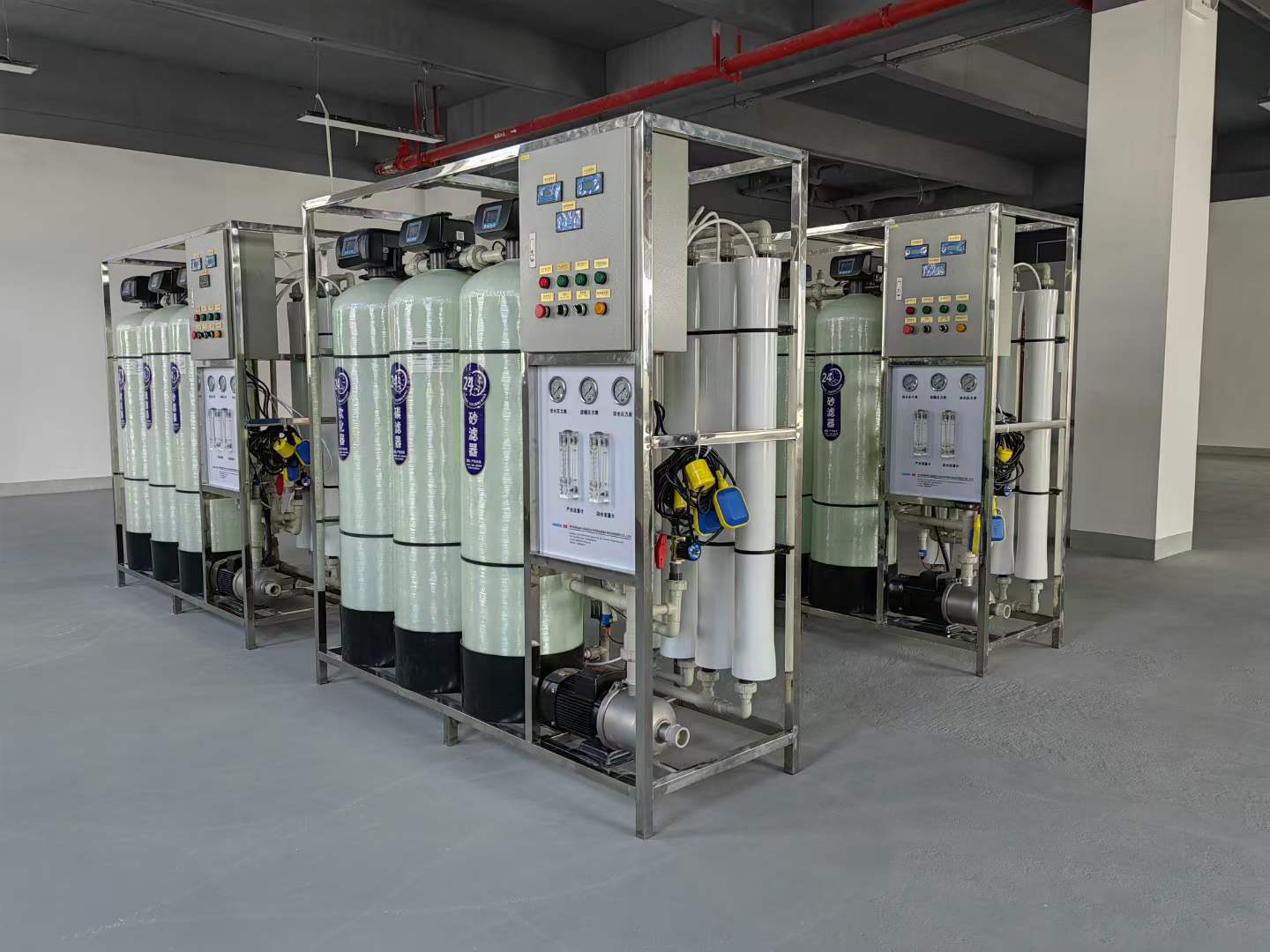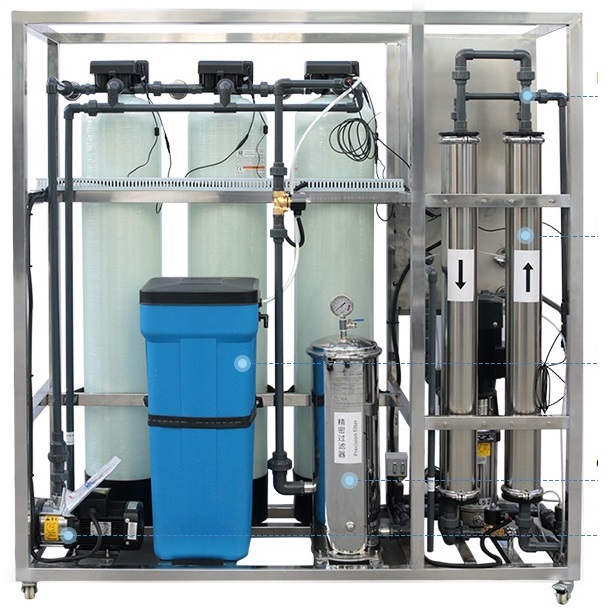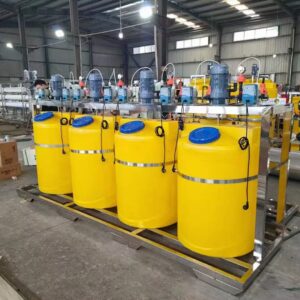
STARK Estação de tratamento de águas residuais equipamento de água salgada Sistema químico de osmose inversa de água
Address complex wastewater challenges with Stark Water’s STARK Sewage Water Treatment Plant. This comprehensive plant is expertly designed as **saltwater equipment** and integrates a Chemical Water Reverse Osmosis System for advanced purification, ensuring environmental compliance and enabling water reuse from diverse sewage sources.
Descrição do produto
Effective and environmentally responsible management of wastewater is a critical global challenge, particularly as industrial processes generate increasingly complex effluents, sometimes with high salinity. The Stark Water STARK Sewage Water Treatment Plant is engineered as a comprehensive and highly adaptable solution to address these diverse wastewater streams. This advanced plant is designed to purify municipal sewage and various industrial wastewaters, including those with significant salt content, ensuring stringent discharge regulations are met and enabling valuable water reuse.
Comprehensive Sewage Water Treatment Plant Design
O nosso sewage water treatment plant is typically designed as a multi-stage system, tailored to the specific characteristics of the influent wastewater and the desired effluent quality. The comprehensive process often includes:
- Tratamento primário: Physical separation of large solids and grit (e.g., screening, grit removal, primary clarification).
- Secondary Treatment: Biological processes (e.g., activated sludge, MBR, trickling filters) to remove dissolved and suspended organic matter.
- Tertiary/Advanced Treatment: Further purification steps to remove specific pollutants, nutrients (nitrogen, phosphorus), and trace contaminants. This is where advanced technologies become crucial.
- Desinfeção: Final step to eliminate pathogens before discharge or reuse.
This integrated approach ensures maximum contaminant removal, converting challenging wastewater into clean, safe effluent.
Specialized for Saltwater Equipment & Chemical Water Reverse Osmosis System Integration
A key differentiator of the STARK Sewage Water Treatment Plant is its specialized capability as **saltwater equipment**. Many industrial processes (e.g., food processing, oil & gas, textiles, or those using brines) produce saline wastewater that is difficult for conventional biological treatment alone. Our plant can integrate specialized components and processes suitable for high-salinity effluents, including robust biological systems tolerant to salt, and corrosion-resistant materials for all equipment. Furthermore, the inclusion of a Chemical Water Reverse Osmosis System is pivotal for advanced purification, especially when dealing with recalcitrant pollutants or aiming for high-quality reuse. RO acts as a powerful tertiary treatment step, effectively removing remaining dissolved solids, trace organics, heavy metals, and pathogens that biological processes might miss. Chemical dosing is often part of the pre-treatment for RO (e.g., anti-scalant, pH adjustment) or for overall plant optimization (e.g., flocculants, coagulants, disinfection chemicals), making it a truly comprehensive “Chemical Water” treatment solution.
Environmental Compliance and Water Reuse Enablement
By effectively treating complex wastewater streams, our **sewage water treatment plant** ensures strict adherence to environmental discharge regulations, helping industries avoid penalties and improve their environmental footprint. Beyond mere compliance, the integration of advanced technologies like Reverse Osmosis facilitates the production of high-quality effluent suitable for various water reuse applications. This can include irrigation, industrial process water, cooling tower make-up water, or even indirect potable reuse, contributing significantly to water conservation and resource sustainability in regions facing water scarcity.
Parâmetro do produto
| Parâmetro | Especificação / Opções de personalização |
|---|---|
| Foco na palavra-chave principal | Sewage water treatment plant conceção e capacidades. |
| Capacidade de tratamento | Customizable based on influent flow rate (e.g., from 1 m³/day to 10,000+ m³/day). |
| Fonte de água de afluência | Municipal Sewage, Industrial Wastewater (various types, including high salinity/brackish industrial wastewater). |
| Treatment Stages |
|
| Key Technologies Integrated | Biological Processes, Membrane Filtration (UF/MBR/RO), Chemical Dosing, Disinfection, Sludge Management. |
| Effluent Quality Parameters (Typical Reduction) |
|
| RO System Integration | Custom-designed Chemical Water Reverse Osmosis System for final polishing of effluent (especially for saline wastewater or high reuse standards). |
| Saltwater Compatibility | Designed as saltwater equipment with corrosion-resistant materials (e.g., Duplex SS, specific plastics) and salt-tolerant biological processes where needed. |
| Sistema de controlo | Fully Automatic PLC Control with HMI, real-time monitoring of flow, pressure, pH, ORP, DO, turbidity, and online effluent quality. Automated backwash, sludge handling, and chemical dosing. Remote control capability. |
| Fonte de alimentação | 3 fases, 380V/415V/460V, 50Hz/60Hz (personalizável). |
| Material de construção |
|
| Conformidade | Designed to meet specific local and international discharge standards (e.g., EPA, WHO, local environmental regulations). |
| Water Reuse Potential | High (depending on final treatment stages), for industrial process water, irrigation, cooling tower make-up. |
Setor aplicável
- Municipal Wastewater Treatment: For purifying urban sewage from towns and cities, ensuring compliance with environmental discharge standards and potentially enabling treated water reuse for irrigation or other non-potable uses.
- Industrial Wastewater Treatment: Essential for managing and treating effluents from various manufacturing processes including:
- Food & Beverage: Treating high-BOD wastewater from dairies, breweries, slaughterhouses, and food processing plants.
- Textile & Dyeing: Removing color, organic pollutants, and heavy metals from dyeing wastewater.
- Pharmaceutical & Chemical: Treating complex effluents containing organic compounds, salts, and specific pollutants.
- Pulp & Paper: Managing high-volume wastewater with suspended solids and organic load.
- Oil & Gas: Treating produced water, fracking wastewater, and other process effluents, often with high salinity, leveraging specialized saltwater equipment.
- Mining & Metals: Managing acid mine drainage and other process wastewaters, often requiring heavy metal removal and pH adjustment.
- Geração de energia: Treating wastewater from plant operations (e.g., boiler blowdown, cooling tower blowdown) and potentially flue gas desulfurization (FGD) wastewater.
- Hotels & Resorts: On-site treatment of sewage and greywater, particularly in remote locations or islands, enabling safe discharge or reuse for landscaping.
- Commercial Complexes & Large Institutions: Providing independent wastewater treatment for large office parks, shopping centers, or universities where connection to municipal systems is difficult or expensive.
- Water Reuse & Recycling Projects: As a core component for producing high-quality reclaimed water for industrial processes, agricultural irrigation, or aquifer recharge, by integrating advanced purification technologies like the Chemical Water Reverse Osmosis System.
Vantagem Um
Vantagem DOIS
Produtos relacionados
Produtos Relacionados
FAQ
Q1: Quanto tempo dura o sistema de osmose inversa?
A vida útil de um sistema de osmose inversa depende da qualidade da água e da manutenção. Normalmente, a membrana dura 2-3 anos, enquanto o sistema em si pode durar mais de 10 anos com os cuidados adequados.
Q2: O sistema pode ser personalizado com base nas diferentes condições da água?
Sim, todos os nossos sistemas são totalmente personalizáveis. Analisamos o seu relatório de água e as necessidades da aplicação antes de fornecer soluções à medida.
Q3: A que normas obedece o equipamento STARK?
Os nossos produtos estão em conformidade com a norma CE, ISO 9001, e podem ser concebidos para cumprir regulamentos regionais específicos ou normas industriais, mediante pedido.
Q4: Qual é o prazo de entrega dos sistemas STARK RO?
Os sistemas standard são enviados no prazo de 7 a 15 dias. Para encomendas personalizadas, o prazo de entrega pode prolongar-se até 20-25 dias, dependendo da complexidade.
Q5: Prestam assistência técnica ou orientação para a instalação?
Sim. Fornecemos documentação técnica completa, orientação remota através de vídeo e podemos enviar engenheiros internacionalmente mediante pedido.
Q6: O que está incluído no vosso orçamento?
O nosso orçamento inclui o sistema RO completo, o painel de controlo, as bombas, as unidades de pré-tratamento e todos os acessórios necessários. As ferramentas de instalação e as peças sobresselentes podem ser incluídas mediante pedido.

